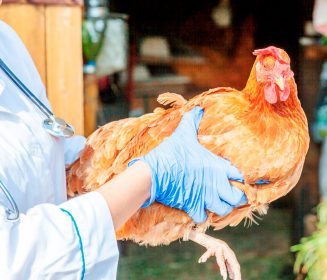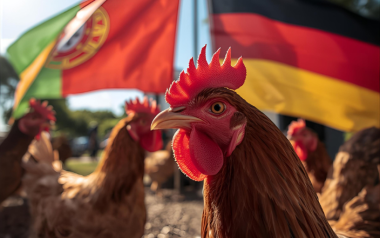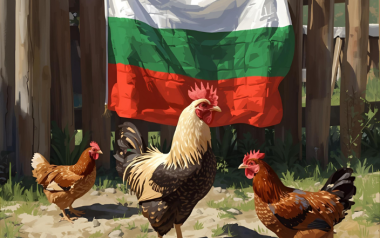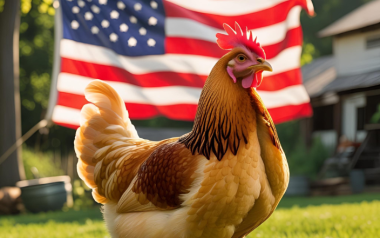Sources: Available upon request.
13 Jan 2025
Avian Influenza in cats in Iceland: a growing concern
Avian influenza, commonly known as bird flu, has primarily been a disease affecting birds, but in recent years, its potential to infect mammals, including cats, has raised significant concerns. In Iceland the emergence of avian influenza in domestic and wild cats presents new challenges for both public health and veterinary professionals.
Avian influenza, commonly known as bird flu, has primarily been a disease affecting birds, but in recent years, its potential to infect mammals, including cats, has raised significant concerns. In Iceland, a country known for its isolation and unique wildlife, the emergence of avian influenza in domestic and wild cats presents new challenges for both public health and veterinary professionals.
Avian influenza is caused by the influenza A virus, which primarily affects birds. However, certain strains of this virus have shown the ability to jump species, infecting mammals such as pigs, seals, and even humans. In the case of Iceland, avian influenza outbreaks in wild bird populations have been reported with increasing frequency, making the risk of transmission to other species, including cats, a growing possibility.
Cats, particularly those living near areas with large populations of migratory birds, may be at higher risk. Iceland, being a key stop for migratory birds, is home to a wide variety of bird species that can harbor the virus. Cats may become infected by consuming infected birds or by coming into contact with contaminated surfaces, such as bird droppings or carcasses. Furthermore, the close interaction between domestic cats and humans raises additional concerns, as infected cats could act as intermediaries for the virus, potentially transmitting it to humans.
While human cases of avian influenza are rare, the possibility of the virus mutating into a strain capable of efficient human-to-human transmission is a constant concern for health authorities worldwide. In response to this potential threat, Iceland has taken proactive steps to monitor and control avian influenza in both wild and domestic animal populations. Veterinarians have been advised to be vigilant for signs of avian influenza in cats, particularly in areas where bird flu outbreaks have been reported in wild birds.
Symptoms of avian influenza in cats may vary, but they typically include respiratory distress, fever, lethargy, and digestive disturbances. In severe cases, the infection can lead to organ failure and death. Early detection and isolation of infected animals are crucial to preventing further spread.
The Icelandic authorities have implemented measures to reduce the risk of avian influenza transmission between species, including restrictions on the movement of birds and recommendations for keeping domestic cats indoors during outbreaks. Public awareness campaigns have also emphasized the importance of reporting unusual illnesses in pets, especially cats, to local veterinarians.
As Iceland continues to monitor the situation, the emergence of avian influenza in cats serves as a stark reminder of the interconnectedness between wildlife, domestic animals, and human health. Ongoing surveillance and research will be vital in preventing further spread and mitigating the risks associated with this potentially dangerous virus.







































